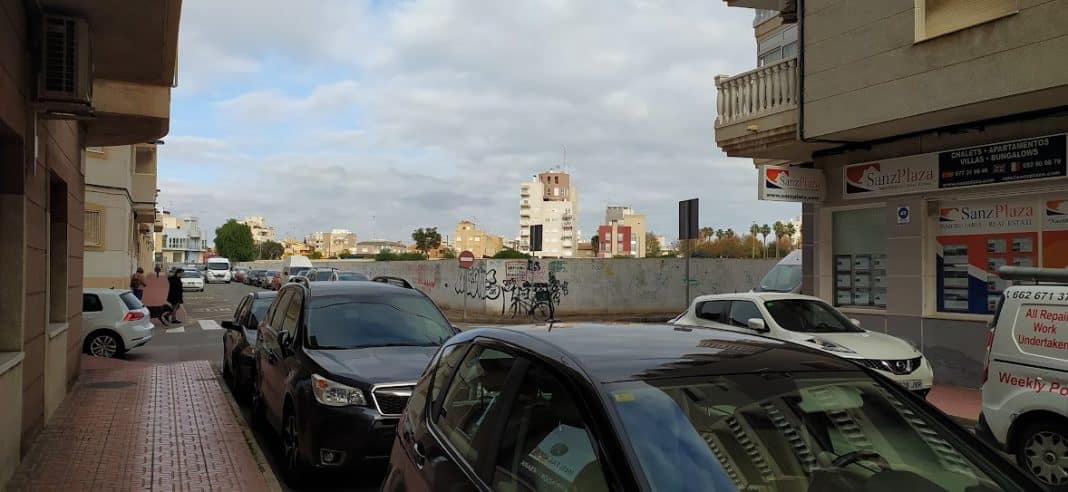Information released this week revealed that the property sector has recovered to the extent that house sales are now equalling those of 2007, the last boom year before the sector crashed.
The Costa Blanca as a whole shows an evolution much higher than the country’s average (25% increase in sales over 2021, four times more than the rest of the country), and Torrevieja and Orihuela are leading the way for property sales.
This is reflected in the Ministry of Housing statistics on sales in the year 2022, where in the detail by municipality the 7,806 homes sold in Torrevieja during the past year stand out, 54% more than those sold in 2007, when 5,064 were closed, becoming the absolute leader in the total number of transactions and in market progression, both with respect to 2021 (5,013 sales) and the data from before the previous crisis.
In second position in absolute terms is the city of Alicante, with 7,750 home sales in 2022. A figure close to that of the salt-producing town but nevertheless leaves the Alicante capital 0.6% below the 2007 figure (7,803 operations).
And in third place is Orihuela, in this case with 5,238 home sales in 2022, which represents an increase of 6.25% compared to the figure for the last year of the ‘bubble’.
Elche, for its part, registers 3,622 operations, above 2021 (3,394 sales) but still far from recovering the volume of sales of the ‘bubble’. In 2007, a total of 4,127 transactions were closed in the city of palm trees (12.2% more). In Benidorm there are 2,324 sales, that is, a higher figure than the previous year (1,749) and which, as in the case of other tourist locations, already exceeds that of the last pre-crisis year. In 2007, 1,792 homes were sold in the city of skyscrapers, with a growth of 29%. In Dénia, which is also growing, the same phenomenon occurs as in Elche: the 2,156 transactions in 2022 are 41% less than in the ‘bubble’. Xàbia, for its part, registers 41% more operations than in 2007, with 1,349 sales; and Alcoy 25% less (1,054 sales).
There is one key difference in comparing to the boom years, in that currently, 90% of registered sales refer to second-hand housing, and only 5,500 are new builds.
Regarding the economic value, the market generated 8,7 billion euro, somewhat above the pre-crisis figure (8,6 billion).





